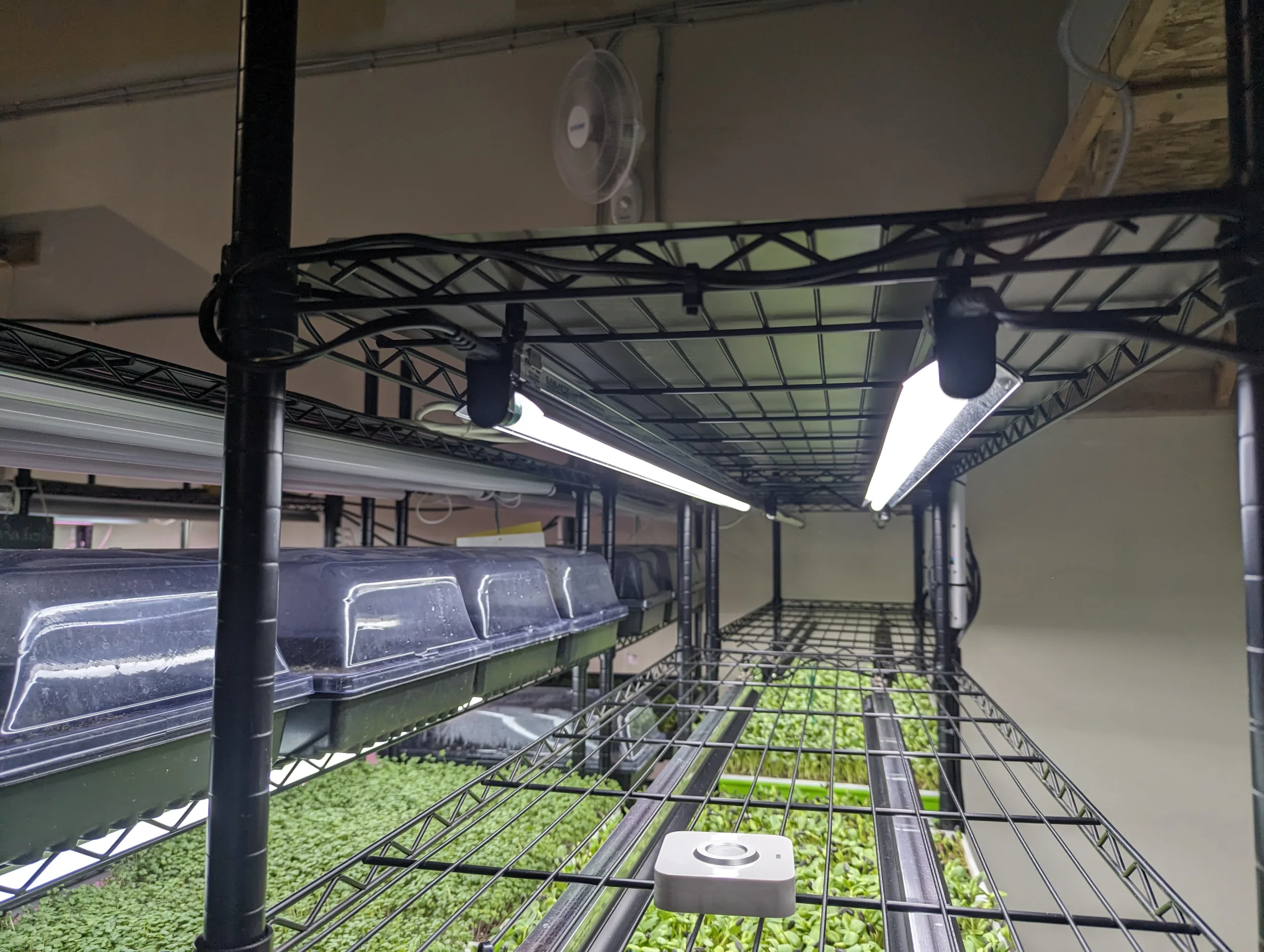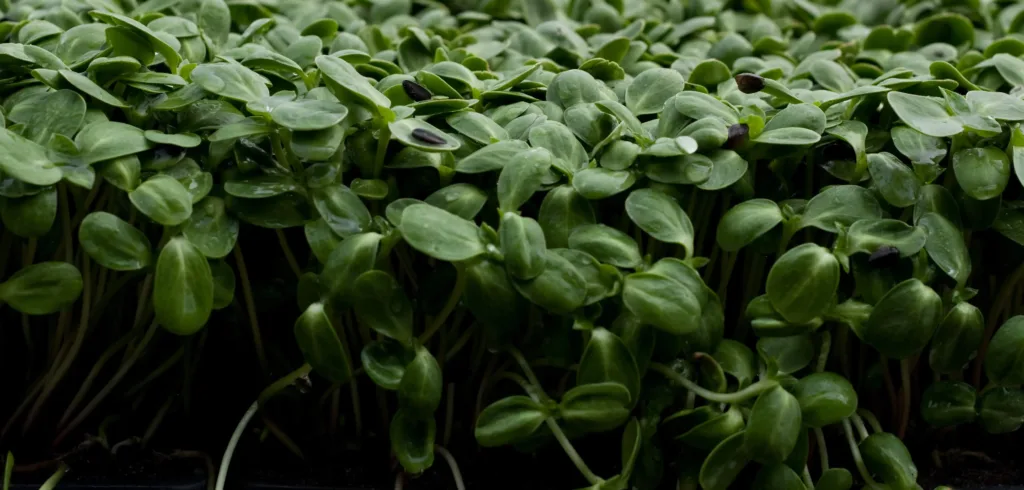
Warehouse Microgreens Production: Scaling Up for Commercial Volume
Introduction
When demand grows beyond what a garage can handle, many growers consider moving into a commercial warehouse space. This is a major step — both in operational complexity and in cost. A warehouse can support hundreds of trays per week, but it also requires serious investment in infrastructure, utilities, and (often) regulatory compliance.
Warehouse Advantages
Warehouses offer several key advantages. First and foremost is space — both horizontal and vertical. With higher ceilings, you can build multi-tiered shelving systems that maximize your production per square foot. Warehouses also typically have better electrical capacity and easier access to water and drainage. This makes it possible to install automated watering systems, larger HVAC setups, and commercial refrigeration.
Another major benefit is professional legitimacy. A dedicated commercial address helps when seeking insurance, health inspections, and food safety certifications. If you plan to work with restaurants, retailers, or institutional buyers, having a clean, well-organized, and inspected facility will boost confidence and credibility.
Warehouse Challenges
But these advantages come at a cost. Rent is often your largest ongoing expense in a warehouse setup. In urban areas, finding affordable, well-located warehouse space with the right zoning can be difficult. Buildout costs — including shelving, lighting, HVAC, plumbing, and pest-proofing — can easily run into the tens of thousands of dollars. You’ll also need to consider utility costs, especially if you’re running high-output lighting or heating in a large space.
Labor efficiency becomes increasingly important at this scale. Without smart systems, walking between germination, growing, and harvest stations across a large warehouse can waste time and energy. You’ll need carts, defined workflow zones, and systems for cleaning, storage, and packaging that keep your staff (or yourself) moving efficiently throughout the day.
Warehouses also introduce additional food safety responsibilities. Health authorities may require more formal sanitation protocols, written procedures, and scheduled inspections. But once these systems are in place, they’re easier to maintain and scale as your business grows.
In Closing
Ultimately, warehouse production is about scale. If your goal is to produce microgreens as a full-time business with consistent commercial clients, a warehouse may eventually become necessary. It’s not the place to start — but it is a place to grow into once you’ve proven your model, built your market, and developed systems that you can replicate at scale.

Leave a Reply